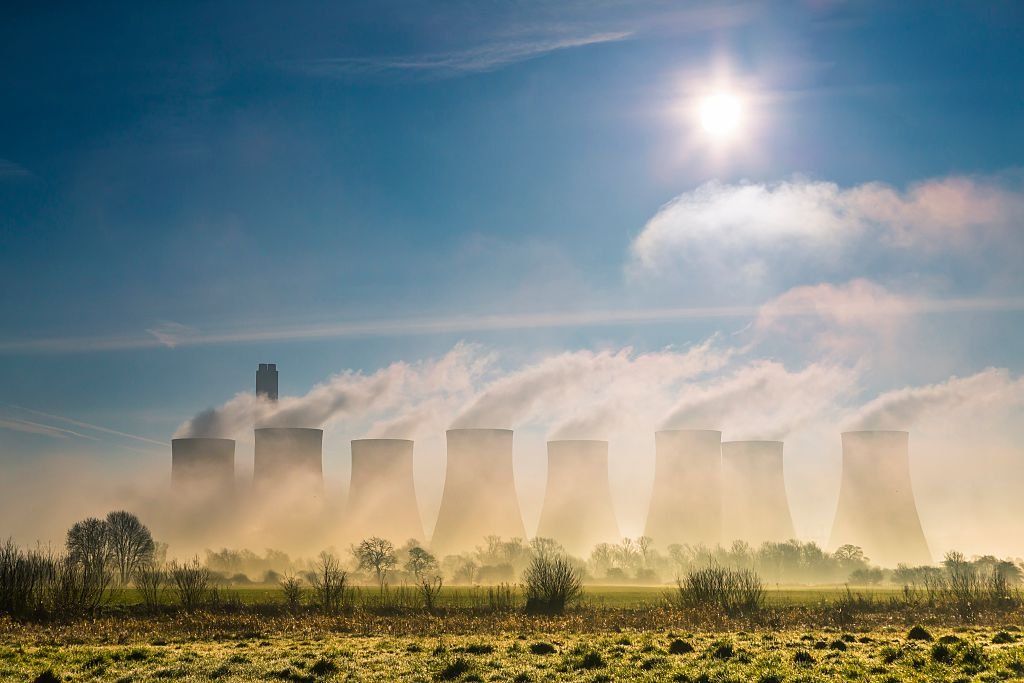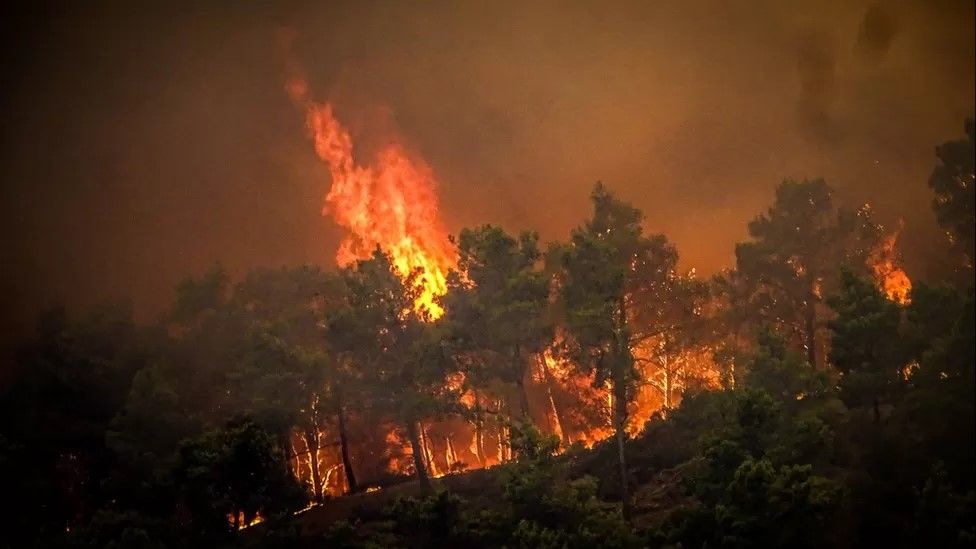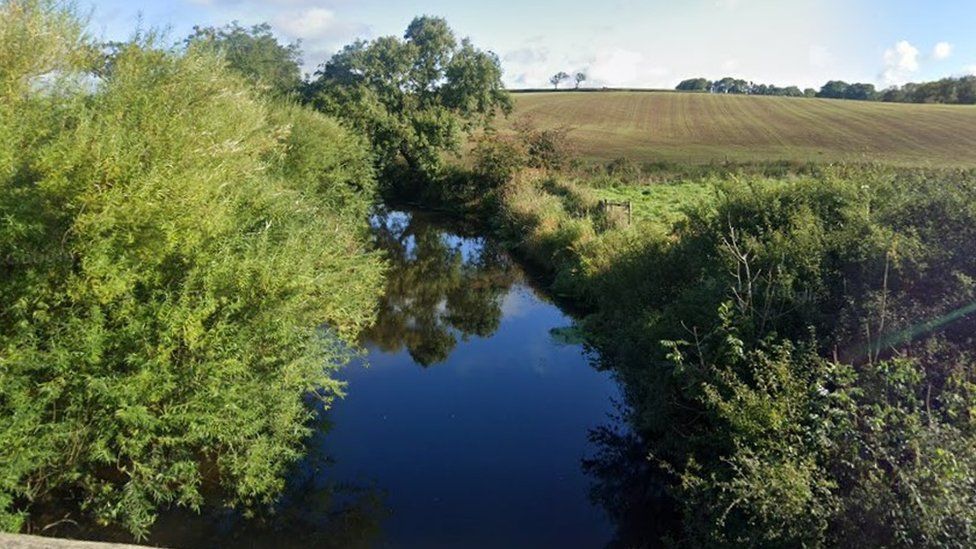A groundbreaking power station's location will soon be revealed by the UK government.
The majority of the carbon dioxide (CO2) that the carbon capture plant produces is not intended to be released into the atmosphere.
The primary cause of climate change is CO2, which is released when fossil fuels like coal, gas, and oil are burned to produce electricity.
With the help of the carbon capture process, the majority of the produced CO2 is prevented from being released and is instead either reused or stored underground.
The UK government wants to build a new power plant where carbon dioxide is captured and kept underground in saline aquifers or old gas reservoirs.
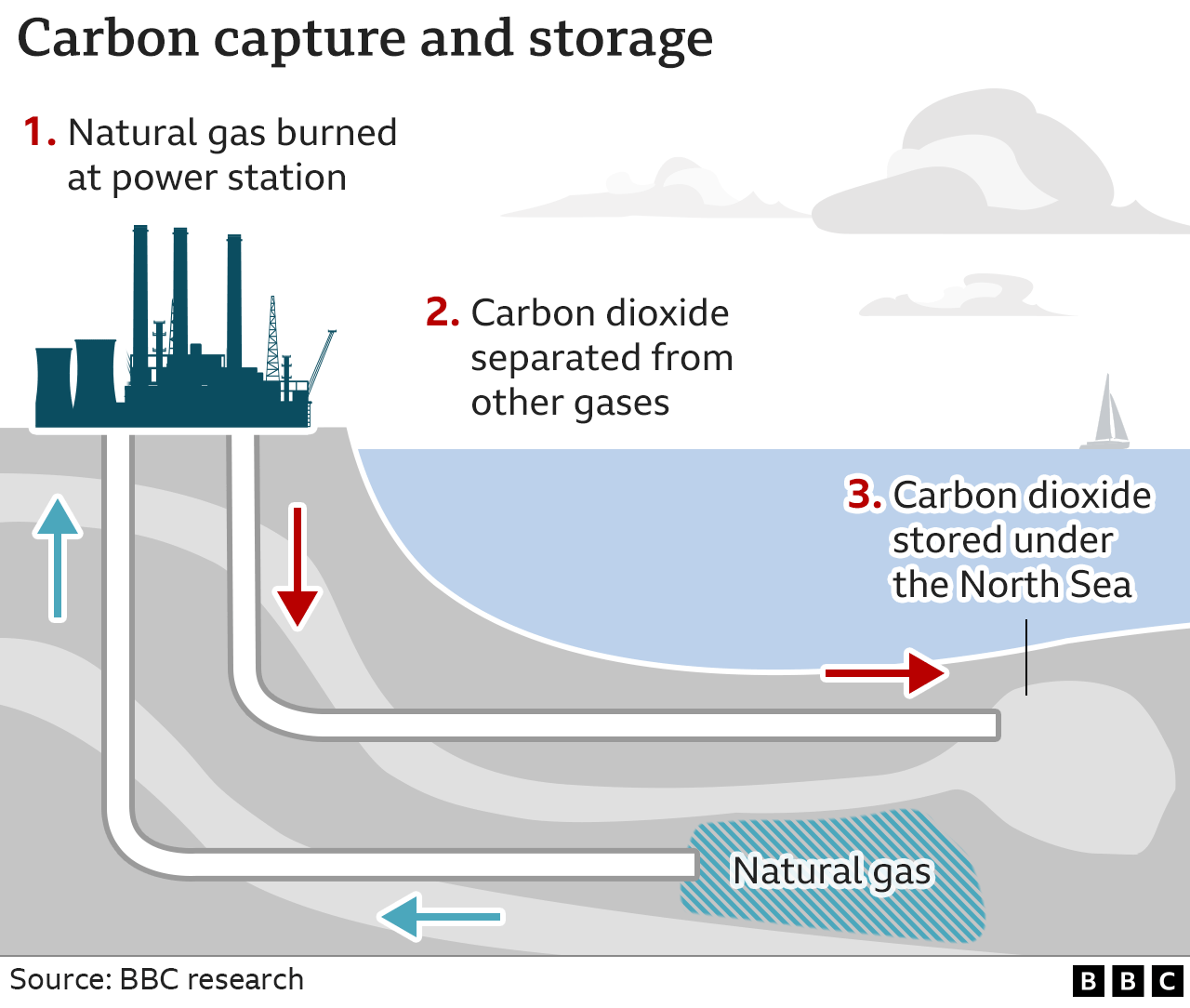
Power plants that capture carbon are a component of the government's pledge to eliminate carbon from UK electricity production by 2035. Though that target date is now unlikely, the plan is to construct at least one by the middle of the 2020s.
The use of renewable energy has grown significantly in the last ten years, particularly the use of offshore wind, but the issue of how to keep the lights on when the wind isn't blowing remains unanswered.
Along with increased nuclear energy use and other quickly developing technologies like hydrogen, carbon capture power plants are seen as a component of the solution.
One at Keadby in north Lincolnshire and two close to Redcar on Teesside are the three proposals being looked at.
To transport the CO2 that was captured under the North Sea for storage, a pipeline would need to be built for each.
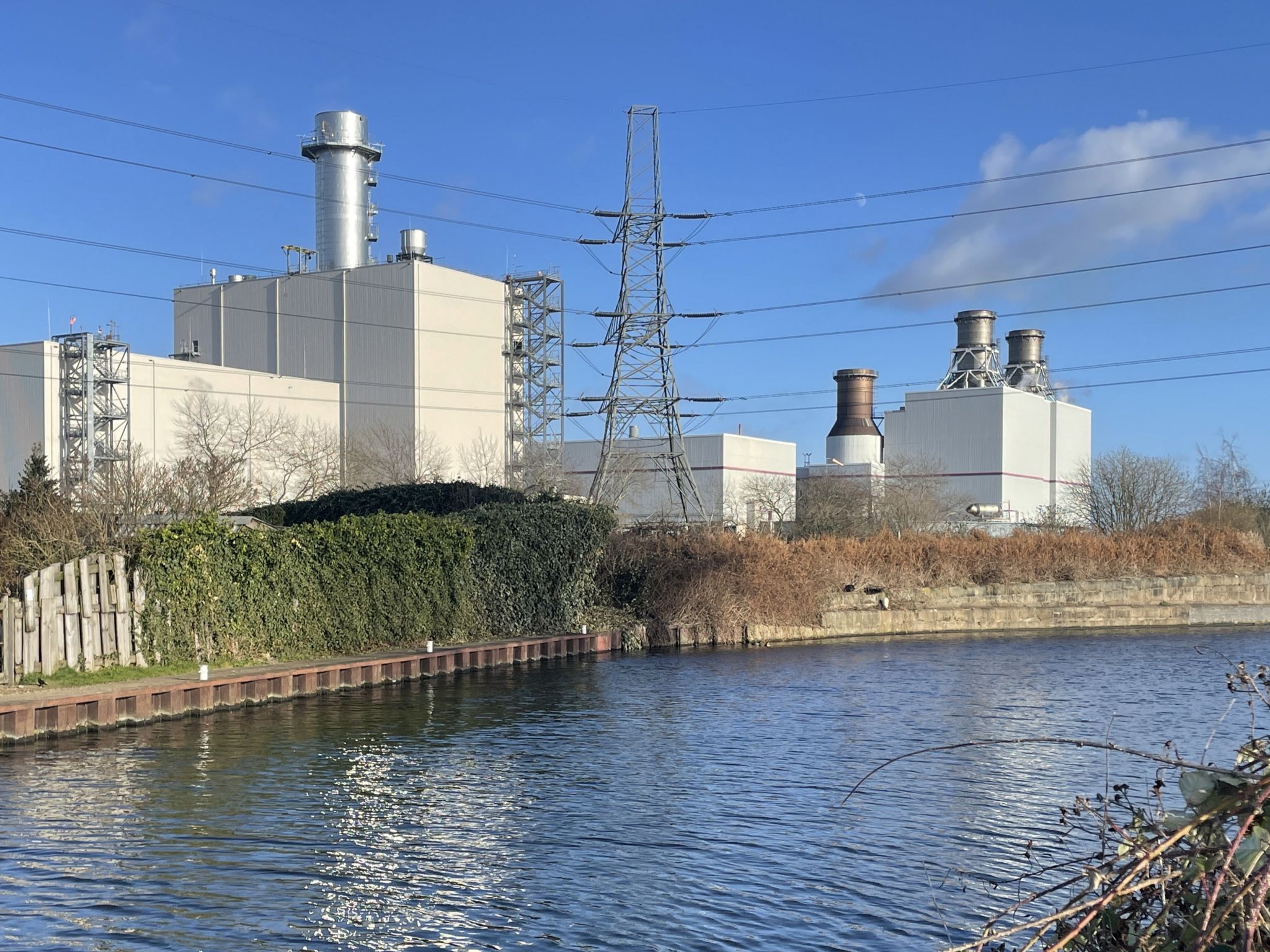
The UK produced 425 million tonnes of CO2 emissions in 2021. Since 1990, that has decreased by almost 50%.
In contrast, the amount captured at these hypothetical power plants is extremely negligible.
None of the three potential carbon capture facilities asserts to be able to capture more than two million tonnes annually.
To capture 10 million tonnes of CO2 annually by 2030, the government has set a goal. That could include both power production and other industrial processes.
Technology has been around for a long time. It has primarily been utilized in fields where CO2 capture and reuse are possible, such as when extracting oil and gas from subterranean reserves.
There are no such plans in place to use the CO2 from the new power plants.
A new gas power plant at Keadby that will generate electricity for almost a million homes will cost £350 million.
A similar-sized gas power station with carbon capture would cost about twice as much to build, according to Catherine Raw of the energy company SSE, who spoke to the BBC.
It is hoped that the cost will eventually decrease. For instance, in the last ten years, the price of renewable energy has fallen dramatically.
Some people consider carbon capture to be too pricey and think that the money would be better spent on renewable energy sources and power storage (like batteries).
Dr. Doug Parr of the advocacy group Greenpeace UK claims that these power plants appear to be yet another justification for the government to favor its allies in the oil and gas sector by raising the cost of energy to the detriment of everyone else. .
A report from the Global CCS Institute states that there will only be 30 carbon capture facilities operating globally by September 2022.
Nearly all of these are a part of industrial facilities that perform tasks like processing natural gas or making fertilizer.
Once constructed, the pipeline to store CO2 beneath the North Sea at the UK power plant is expected to be used by other industries. .
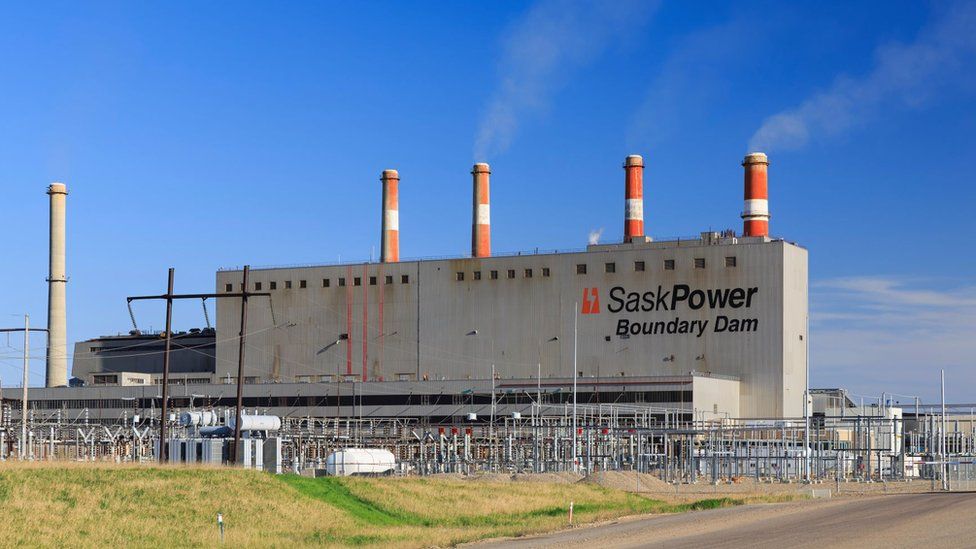
At Boundary Dam in western Canada, a coal-fired plant is the only carbon capture power plant currently in operation.
However, several carbon capture gas power stations, mostly in the US, are under development and are comparable to those proposed in the UK.

